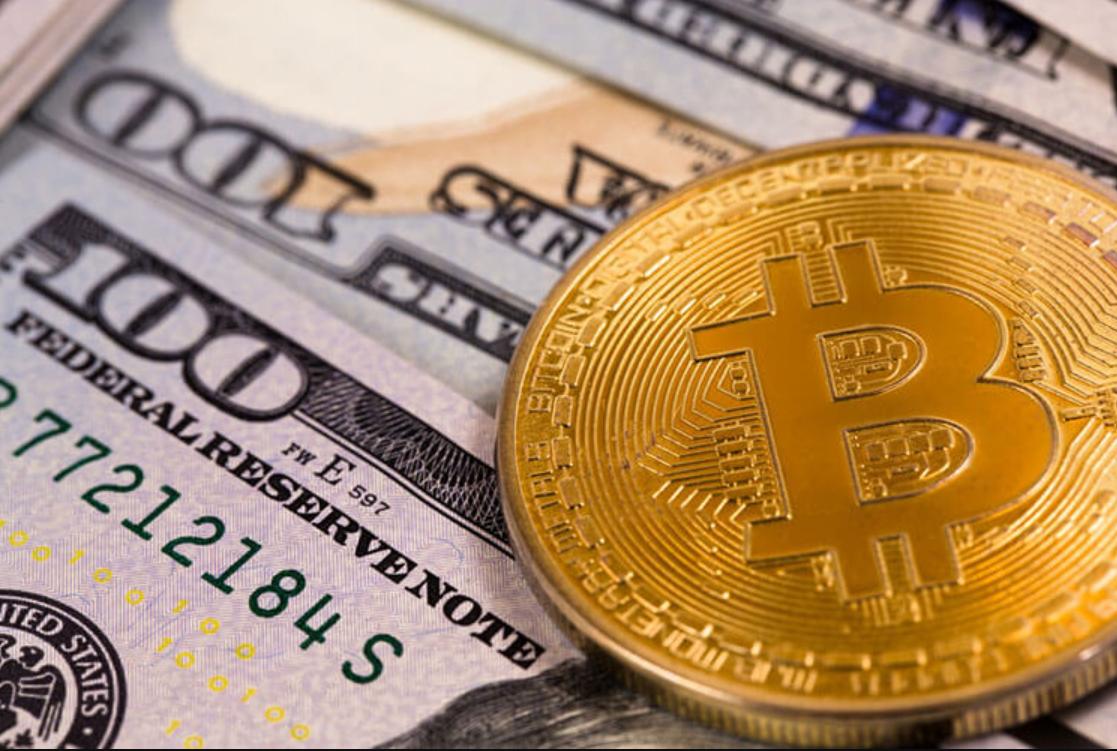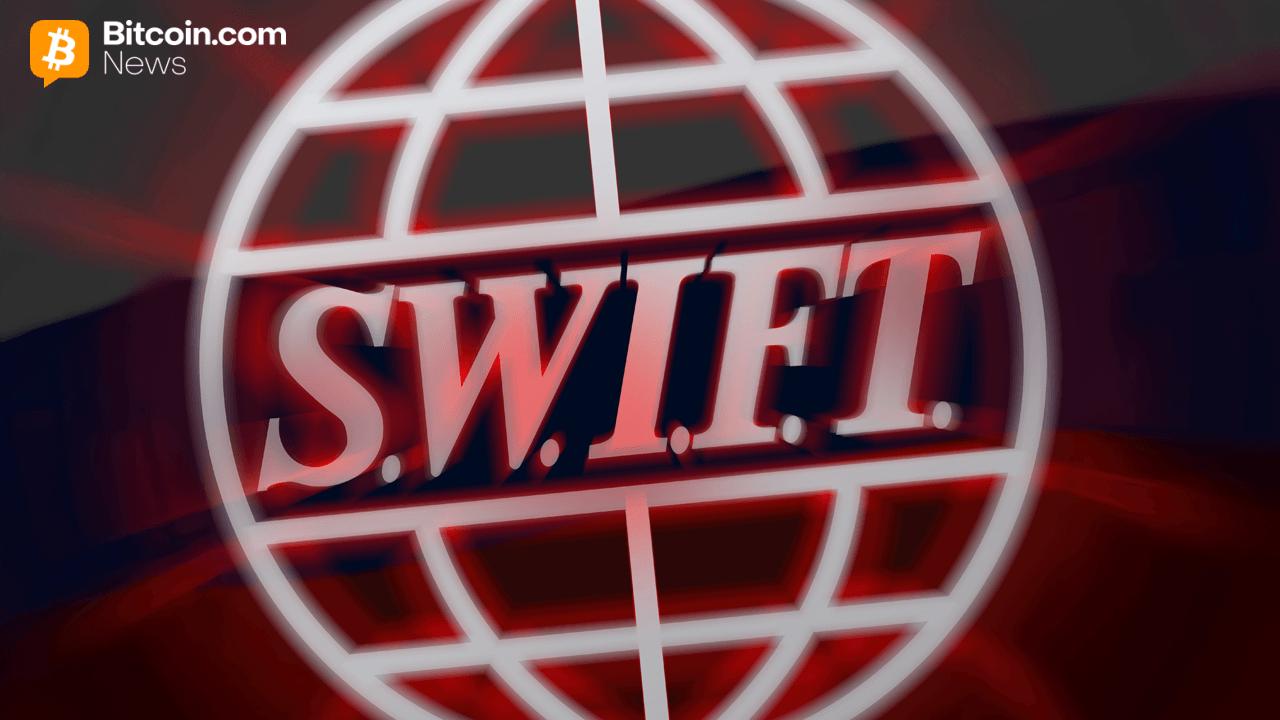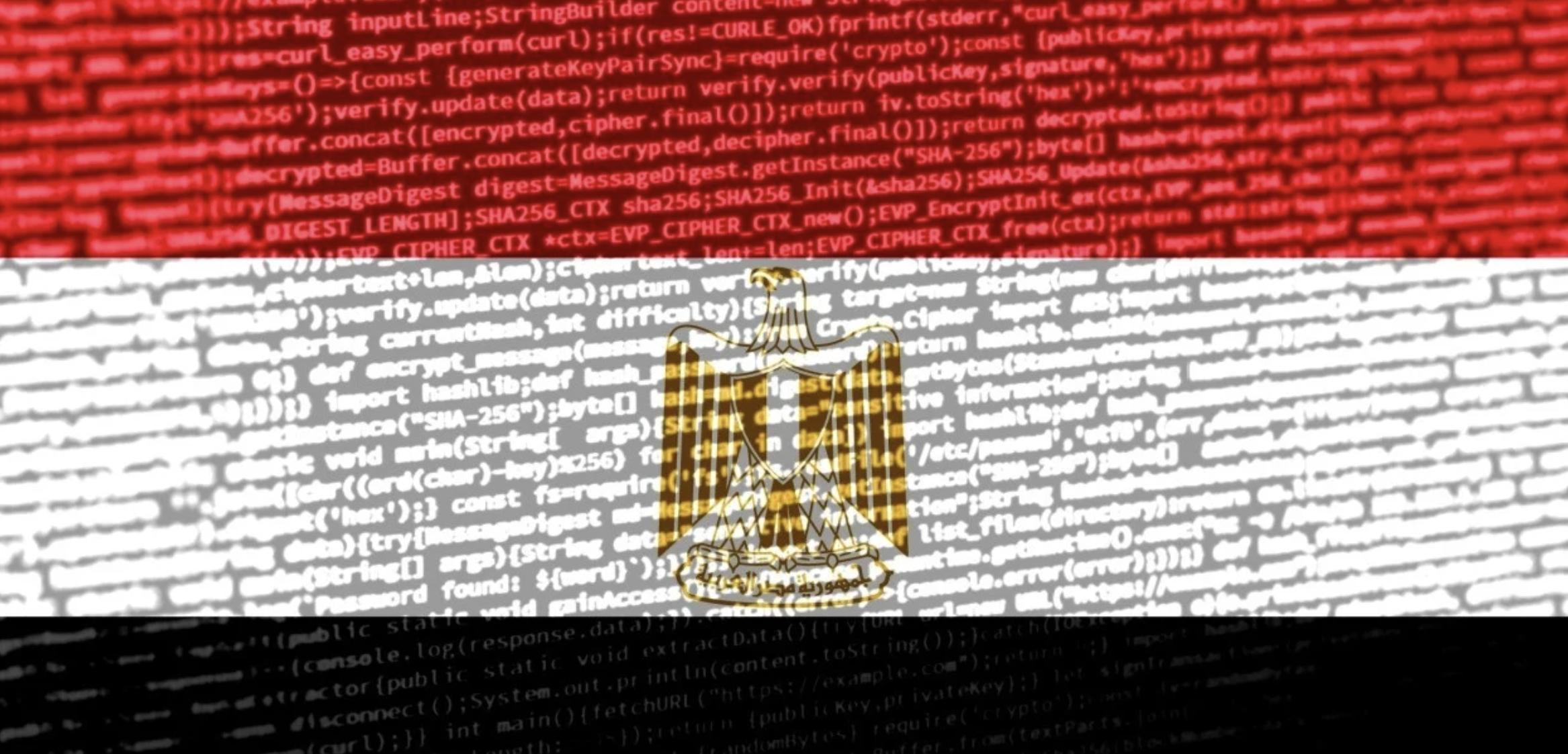Venezuela and the Transformative Power of Stablecoins
Venezuela and the Transformative Power of Stablecoins
In the tumultuous economic landscape of Latin America, Venezuela stands as a compelling case study demonstrating how digital currencies are reshaping financial systems. This comprehensive analysis explores how stablecoins have emerged as powerful tools for economic resilience, offering citizens, corporations, and even governments new pathways to navigate through unprecedented financial challenges.
The Economic Crisis and Digital Solutions
Venezuela's economy faces severe headwinds, characterized by hyperinflation rates that have rendered the national currency virtually worthless. In this environment of economic uncertainty, stablecoins have made an explosive entry, capturing the attention of both local and global audiences. The booming adoption of digital assets, particularly USDT, comes as no surprise given the economic turbulence the country endures. Citizens desperately seeking to preserve their wealth have discovered that stablecoins offer a fresh avenue to navigate through the maze of erratic devaluation rates.
What makes stablecoins particularly attractive in the Venezuelan context is their capacity to operate beyond the reach of traditional governmental controls. As authorities tighten exchange regulations around cash transactions, these digital assets provide an alternative mechanism that enables transactions at more favorable rates than physical dollars. This dynamic creates fascinating opportunities for positive arbitrage, allowing users to capitalize on rate differentials between traditional and digital currency markets.
Individual Adoption and Financial Survival
For ordinary Venezuelans, stablecoins represent far more than mere financial instruments; they embody a beacon of hope in an otherwise dire economic situation. The surge in adoption reflects a population's desperate attempt to safeguard their savings against relentless currency depreciation. Unlike tightly regulated cash exchanges that operate under stringent governmental oversight, stablecoins function in a relatively unrestricted environment.
This regulatory arbitrage allows citizens to access dollar-equivalent value when traditional banking systems fail to provide adequate protection. The decentralized nature of these digital assets means that users can preserve purchasing power without relying on conventional financial institutions that may be subject to government intervention or capital controls. For many families, this represents the difference between financial survival and economic devastation.
Corporate Integration and Business Continuity
The stablecoin revolution extends far beyond individual users, penetrating deeply into the corporate sector. Corporate treasurers throughout Venezuela have recognized the strategic value of these digital assets for maintaining business operations. Companies leverage stablecoins not merely for domestic transactions but as essential tools for international trade and supplier relationships.
By utilizing stablecoins for cross-border payments, Venezuelan businesses can bypass conventional banking systems that may be slow, expensive, or unreliable. This capability proves particularly valuable when engaging with foreign suppliers who may be hesitant to accept local currency or traditional payment methods. Additionally, corporations use stablecoins as digital safe havens, protecting their treasury assets from the devastating effects of local currency devaluation.
The agility provided by stablecoin adoption ensures that businesses can maintain operational continuity even as traditional economic systems struggle. This technological adaptation represents a fundamental shift in how companies approach financial management in challenging economic environments, prioritizing flexibility and value preservation over conventional practices.
Government Adoption and Strategic Implementation
Perhaps most surprisingly, reports suggest that even the Venezuelan government itself has embraced stablecoin technology for certain strategic purposes. This governmental adoption represents a fascinating paradox, where authorities simultaneously implement capital controls while utilizing the very technologies designed to circumvent such restrictions.
The government's reported use of stablecoins for international trade, particularly in oil transactions, demonstrates the practical advantages these digital assets offer. With domestic dollar shortages limiting traditional payment mechanisms, stablecoins provide an alternative avenue for conducting international business. This strategy allows the government to capitalize on arbitrage opportunities while maintaining access to global markets despite economic sanctions and banking restrictions.
Such governmental adoption signals a broader recognition of stablecoins' utility, even among institutions that might otherwise view cryptocurrency with suspicion. This pragmatic approach underscores how economic necessity can drive technological adoption across all levels of society.
Regional Implications and Future Prospects
The Venezuelan experience with stablecoins is not isolated but reflects broader trends across Latin America. Similar patterns emerge in Argentina and other countries facing currency instability, where citizens increasingly turn to digital alternatives for financial security. This regional adoption suggests that stablecoins may become permanent fixtures in emerging market financial systems.
The success of stablecoins in Venezuela demonstrates their potential to serve as financial lifelines in crisis situations. As traditional economic recovery appears unlikely in the near term, these digital assets provide immediate relief and practical solutions for value preservation and transaction facilitation.
Looking forward, the Venezuelan case study offers valuable insights into how digital currencies might function in other challenging economic environments. The combination of individual adoption, corporate integration, and governmental utilization creates a comprehensive ecosystem that could serve as a model for other countries facing similar economic pressures.
Conclusion: A New Financial Paradigm
Venezuela's experience with stablecoins illustrates the transformative power of digital currencies in crisis-affected economies. From individual citizens protecting their savings to corporations maintaining international operations, and even governments conducting strategic trade, stablecoins have proven their utility across all sectors of society.
This comprehensive adoption represents more than a temporary solution to economic problems; it signals the emergence of a new financial paradigm that prioritizes accessibility, stability, and independence from traditional monetary systems. As other countries observe Venezuela's digital currency experiment, the lessons learned may influence global approaches to monetary policy and financial system design.
The Venezuelan stablecoin phenomenon demonstrates that innovative financial technologies can provide crucial support during economic crises, offering hope and practical solutions when traditional systems fail. This transformation continues to evolve, promising further insights into the future of money in challenging economic environments.










